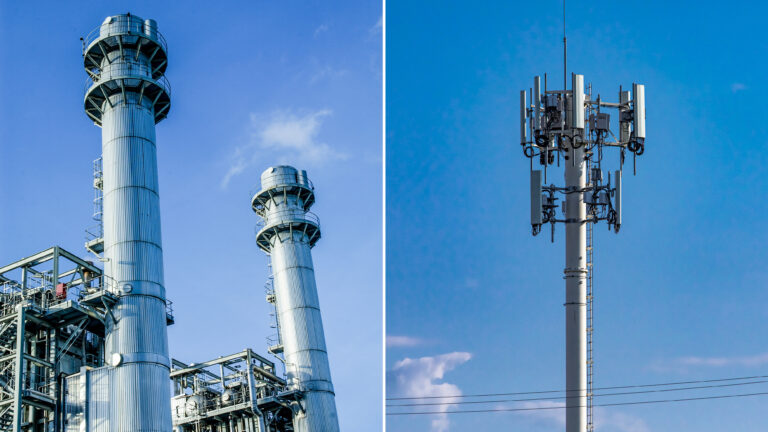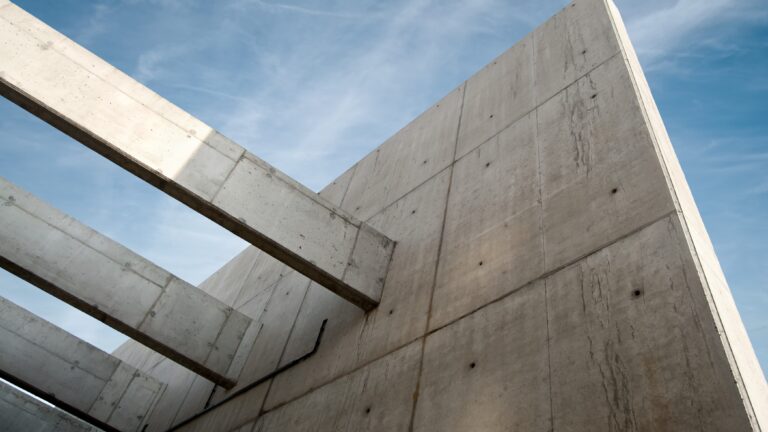
Antenna Mast Design
ATB+
ATB+ designs antenna masts according to Eurocode 3, taking into account the regulations of the national appendix. The program calculates the internal forces and deformations according to the second-order theory of elasticity. The eigenfrequencies are determined, with which the structural safety, the operational strength and the serviceability are verified.
Discover now more programs from the section Steel!
SHOW MOREMaterial
- Structural steel: S235, S275, S355, S450
- Structural steel unnealed: S275N, S460N
- Structural steel thermo: S275M – S460M
- Structural steel weather resistant: S235W – S355W
- heat resistant steel: S460Q – S460QL1
- Stainless steel: 1.4301, 1.4541, 1.4571, 1.4404, 1.4435, 1.4539
- user defined type
Structural system
System
- Input of several segments with different cross-sections and materials
Static Systems
- cantilevered masts clamped at the base
- cantilevered, arbitrarily supported at the base clamped or articulated masts
- guyed masts with three or four cables
Cross sections
- Round tubes as standard profile
- Round tubes user defined
Detail points
- Base
- circular or annular,
- with/without rib,
- with/without ring stiffener
- Flange connection (internal/external)
- Mast opening
Bearings
- The support at the base can be defined as either rigid, articulated or elastic (enter a spring value).
- Additional bearings can be arranged along the chimney for each segment.
Bracing
Bracing of the system can be defined. There is a choice of three or four ropes.
Loads
- automatically generated wind loads depending on the selected location
- automatically generated equivalent loads from eddy-excited transverse vibrations
- automatically generated seismic loads
- automatic consideration of the self-weight of the profiles
- Additional, user-defined load cases can be entered (e.g. icing of the support tube, temperature loads, etc.)
Verifications in the ultimate limit state
The verifications in the ultimate limit state include:
- Verification of the load-bearing capacity of the cross-section taking local buckling failure into account (verification of the c/t limit values and classification into cross-section classes)
- Verification of the elastic cross-section resistance (verification of the equivalent stresses) according to EN 1993-1-1, Eq. 6.1
Verification in the serviceability limit state
The calculation is carried out with the design situation selected in the basic parameters:
- Verification of the absolute deformation. The proof of serviceability is carried out with the deformation difference to the undeformed system.
- Proof of relative deformation. The proof of serviceability is based on the deformation differences related to the effective lengths. The effective lengths are determined by the inflection points of the bend line
Earthquake
If required, the program carries out an earthquake verification. The seismic loads can be determined according to DIN 4149, 6.2.2. or DIN EN 1998-1 according to the simplified response spectrum method.
Detailed verifications
- Verification of the flange connection
- Verification of the base point
- Verification of flue opening
Document file formats
- Word
- Printer
Output
- pre defined brief output
- User-defined
Result graphs:
- Internal values: N, Mt, My, Qz, Mz, Qy
- Deformations: spatial
- Stresses: σ,x; τ,z; σ,v
- UtilizationEta: n,el
Export options
- Word
- FRILO XML
Steel construction
Structural safety verifications
- DIN EN 1993-1-1/NA
- DIN EN 1993-3-1/NA
Wind and snow loads
- DIN EN 1991-1-3/NA
- DIN EN 1991-1-4/NA
Fatigue
- DIN EN 1993-1-9/NA
Earthquake
-
- DIN 4149
- DIN EN 1998-1/NA
Support resources
News

Efficient design of steel chimneys and antenna masts as per Eurocode 3
With Release 2023-1, the software manufacturer FRILO has responded to the needs of structural engineers and launched programs for the design of Steel Chimneys (S8+) and Antenna Masts (ATB+).

FRILO 2023-1: The latest version saves time and contributes to climate efficiency
FRILO Software GmbH has successfully delivered the software version 2023-1. With the update, the vendor of innovative solutions for structural analysis and design launches four new PLUS programs – including DLT Continuous Beam.





